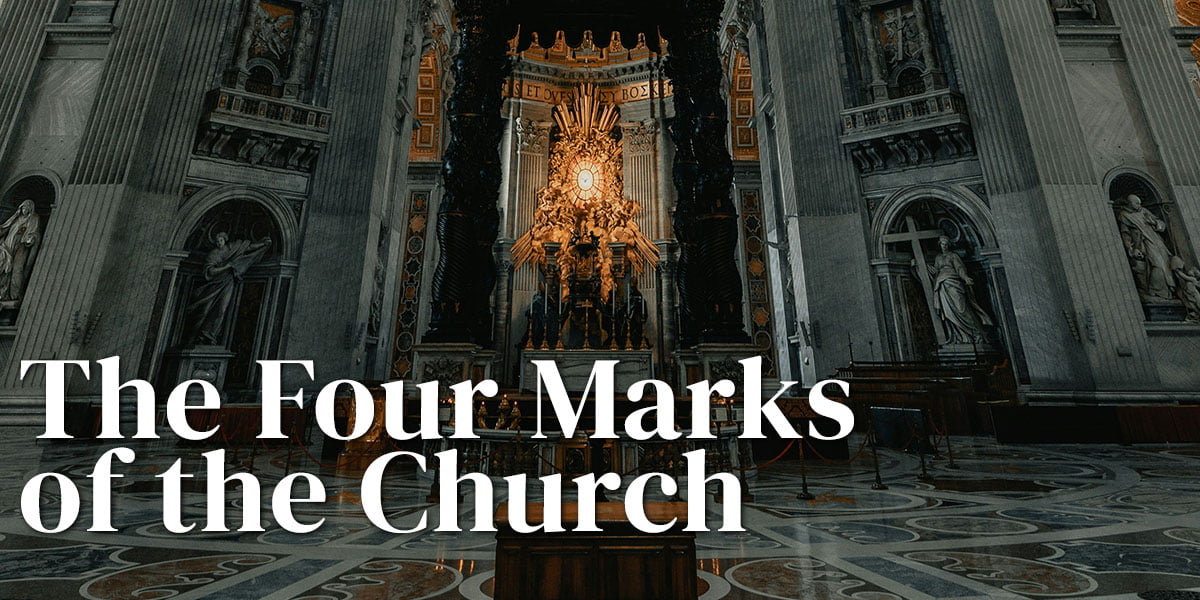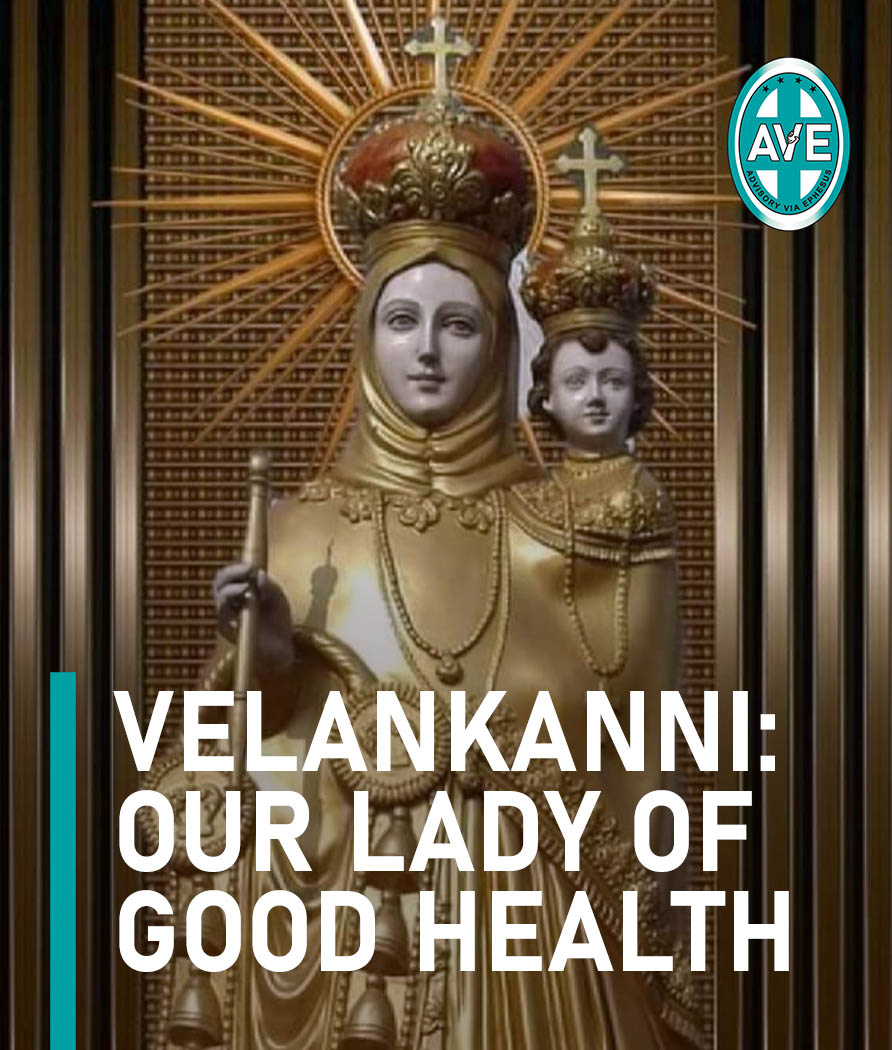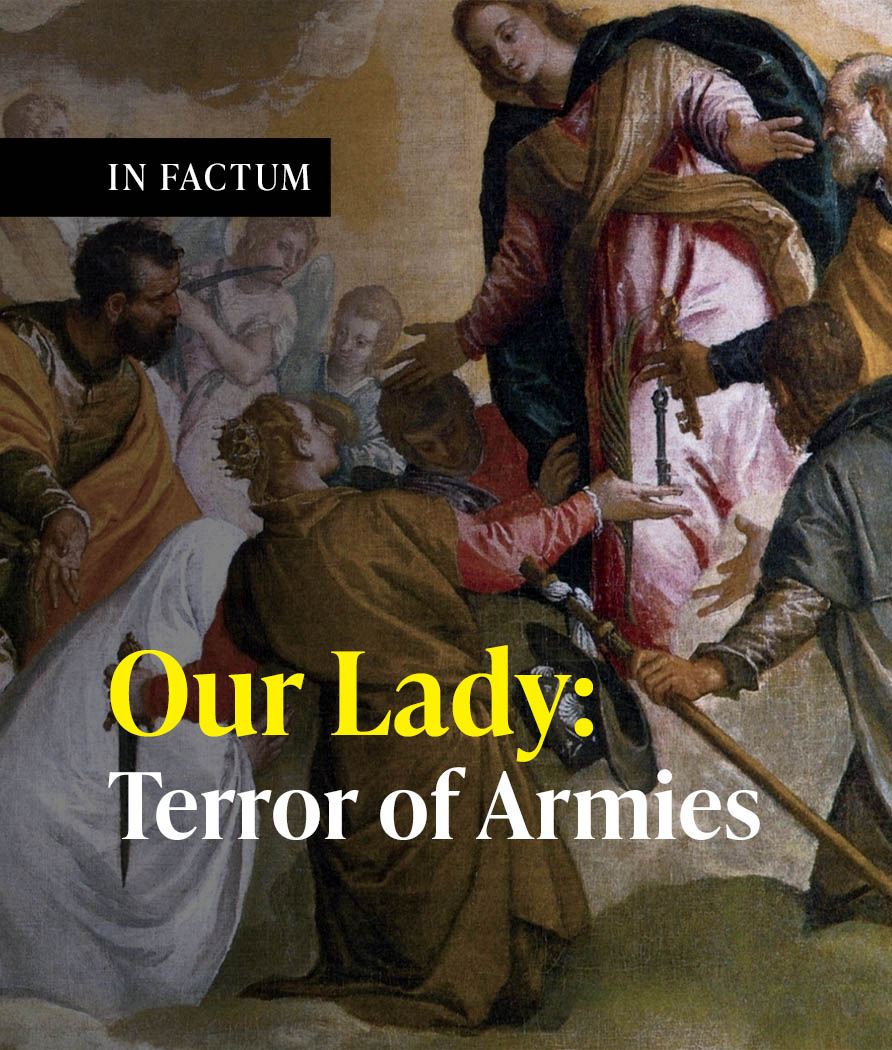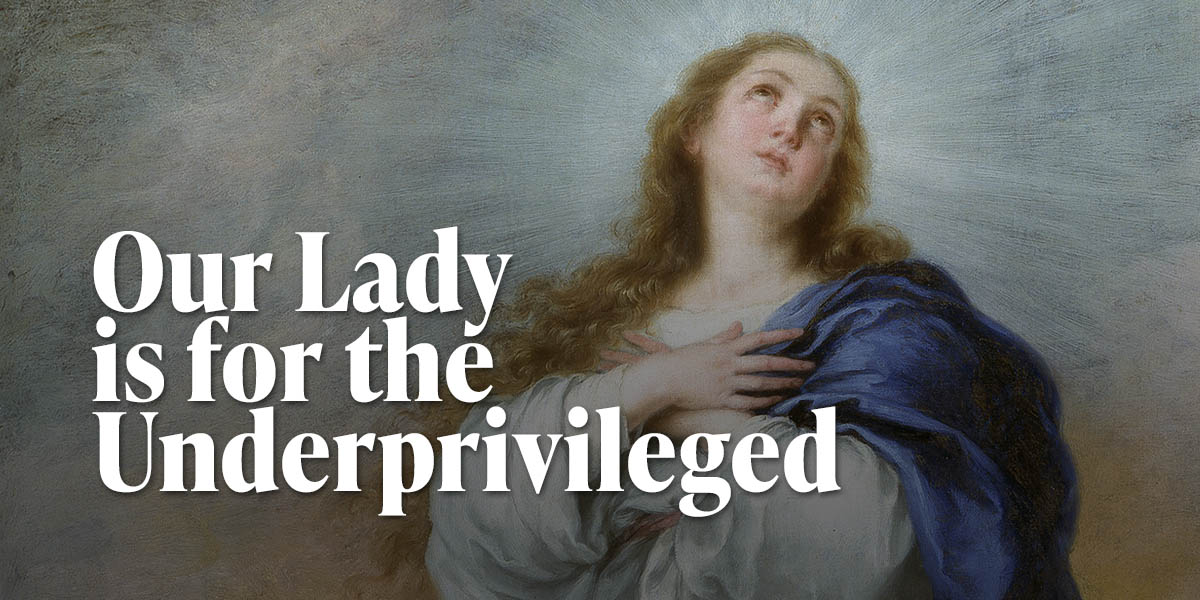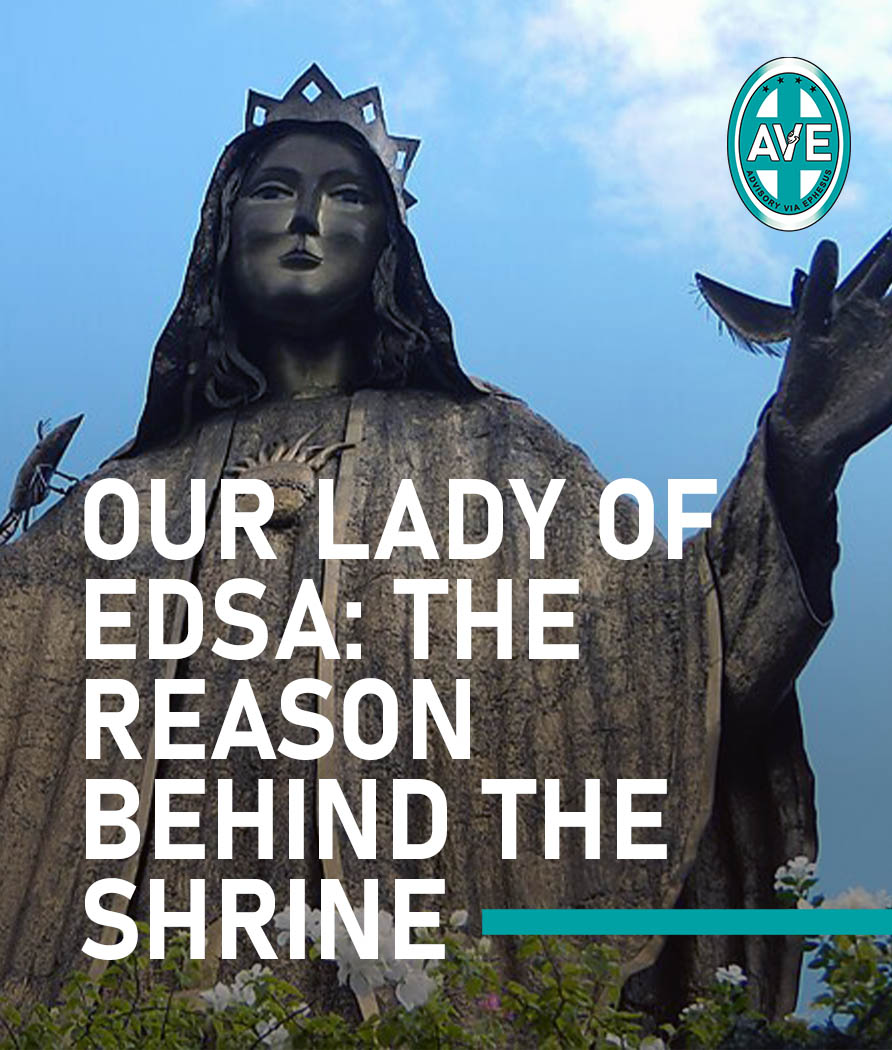After the Summorum Pontificum of Pope Emeritus Benedict XVI in 2007 which declared the celebration of the Traditional Latin Mass or the Tridentine Mass (now called the Extraordinary form of the Mass), many people become aware and become curious of this form of the Mass which is relatively unknown to this generation. Unfortunately, a lot of priests do not know how to celebrate this mass and some people are no longer interested because they found out that the language used is Latin.





